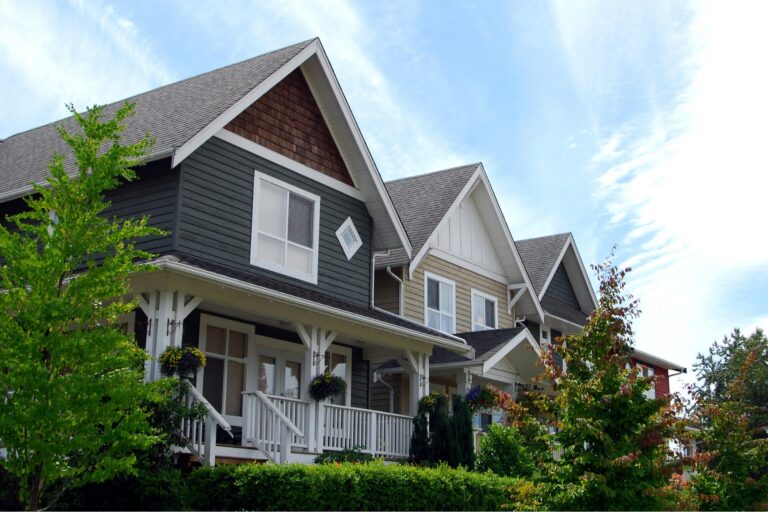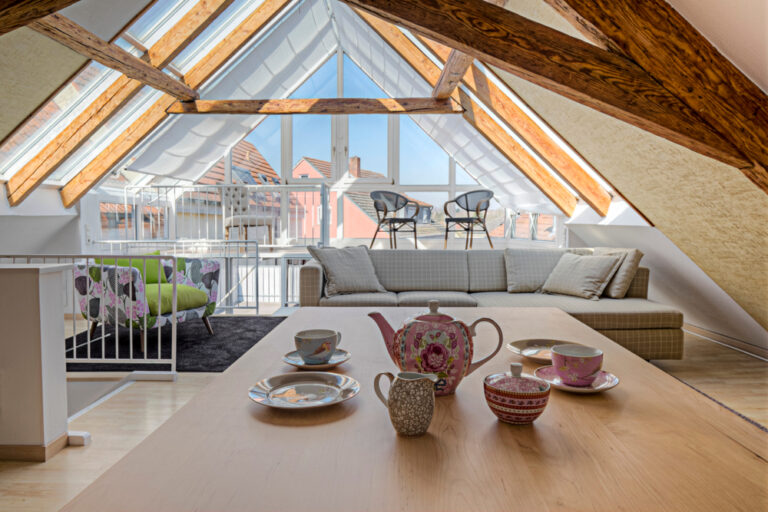If you’re thinking about some home improvements, or you’re keen to add value to your home through adding additional space, one thing you need to know about is planning permission.
In this guide, we’ll explain how planning permission works, everything you’ll need to consider and what you’re able to construct without it…
Do I need planning permission?
Whether or not you need planning permission will come down to three main factors:
- Where your property is located
- What you want to build
- Whether you’re changing the building’s use
A lot of work can be completed under what’s known as ‘permitted development’ – and if your plans fall within these rules, you won’t require planning permission.
However, if your property lies in a conservation area or an area that has an Article 4 Direction placed on it by the local authority, your rights under permitted development may be limited.
The golden rule with planning permission is to always check with your local planning department before starting any work.
Do I need planning permission for a conservatory?
Conservatories fall under permitted development and, as such, do not usually need planning permission.
However, permitted development of conservatories falls under the following rules:
- No more than half of the land around the original house must be covered by the conservatory
- The conservatory must not be higher than the highest part of the property’s roof
- A single-storey conservatory must not extend beyond the rear of the house by more than eight metres (detached) or six metres (semi-detached or terrace)
- The height of the single storey conservatory must not be more than four metres
- Conservatories of more than one storey must not extend beyond the rear of the property by more than three metres or be within seven metres of any boundary
- Side-of-house conservatories must be one storey, no higher than four metres and no wider than half the width of the property
Do I need planning permission to convert a garage?
Outbuildings, such as garages, are also subjected to permitted development rights and do not usually require planning permission.
However, like conservatories, they are also subjected to rules such as:
- No outbuilding can be built on land in front of the wall forming the property’s principal elevation
- Garages must be single-storey only and have a maximum eaves height of 2.5m, with a maximum overall height of 4m
- If the garage sits within two metres of a boundary, it must have a maximum height of 2.5m
- No more than half of the land of the original property should be covered with an outbuilding
- If the garage is built within the curtilage of a listed building, it will require planning permission
Do you need planning permission for a loft conversion?
Loft conversions are a great way to add additional space to your home.
They also cause less disruption than an extension.
A loft conversion does not generally require planning permission subject to the following rules:
- The conversion should not exceed 40 cubic metres of space for terraced houses and 50 cubic metres of space for detached and semi-detached properties
- The conversion should not be higher than the existing height of the roof
- It should not extend beyond the plane of the roof slope of the main elevation fronting the highway
- Side-facing windows should be constructed using obscure glass
Do I need planning permission for a porch?
Adding a porch to your property is a great way to add some storage space and boost privacy.
Porches fall under permitted development and do not require a planning application provided:
- The ground floor part of the porch does not exceed three square metres
- No part of the porch is more than three metres above ground level
- No part of the porch is within two metres of any boundary or the highway
Do you need planning permission for an extension?
Like conservatories, extensions also fall under permitted development and are not usually subjected to planning applications.
However, there are restrictions such as:
- No more than half of the land around the property should be covered by the extension
- No extensions should be in front of the main elevation or any side elevation facing a highway
- Extensions should not be higher than that the highest part of the property’s roof
- Rear extensions on detached homes should not extend beyond eight metres and not beyond six metres for terraced and semi-detached properties
- Single storey rear extensions should not be higher than four metres
- Extensions of more than one storey should not extend beyond the rear wall of the property by any more than three metres
- Side extensions should be single storey, no higher than four metres and no wider than half of the property
- Two-storey extensions should be no closer than seven metres to the rear boundary
- Roof pitches on extensions higher than one storey should match the existing roof
Do you need planning permission for a shed?
Brick sheds are popular because of the added security and stability when storing valuable items.
But many people are confused as to whether they require planning permission.
While there are limits as to how big you can build a shed without planning permission, outbuildings such as brick sheds and greenhouses don’t usually require planning permission, if:
- The shed is being used for domestic purposes
- The ground area of the shed, combined with any other outbuildings, doesn’t exceed more than half the total area of the property
- The shed is not in front of the principal elevation or a side elevation that faces a highway
- The maximum height of the shed is not greater than four metres
- The maximum eaves height of the shed is 2.5m if it sits within two metres of a boundary
- No part of the shed is within 3.5m of a boundary with a highway to the rear
- The shed is not used to keep pigeons
How big can you build without planning?
If your planned building or extension exceeds any size that falls under permitted development, you will need to apply for planning permission.
Here are some maximum permitted development heights for common builds:
| Development type | Maximum height |
| Shed | Four metres |
| Single storey extension (rear) | Four metres |
| Single storey extension (side) | Four metres |
| Multiple-storey extension | No higher than maximum roof height |
| Single-storey garage | Four metres, or 2.5 metres if within two metres of a boundary |
| Conservatory | Four metres |
How much does planning permission cost?
Fees for planning applications in England vary, depending on the type of application you’re submitting:
- For full planning permission on a new property or conversion – £462
- Outline planning permission – £462 per 0.1 hectare for sites up to 2.5 hectares
- Extensions and garden buildings – £206
What happens if you build without planning permission?
If you build without planning permission and a retrospective application is turned down, you could be forced to take down the building by an enforcement notice.
And if that notice is ignored, you could face prosecution.
Breaches of planning permission, however, don’t always refer to someone building something they shouldn’t.
Common breaches also include obtaining permission but breaching the terms and restrictions – for example, building higher or wider than the permission states.







